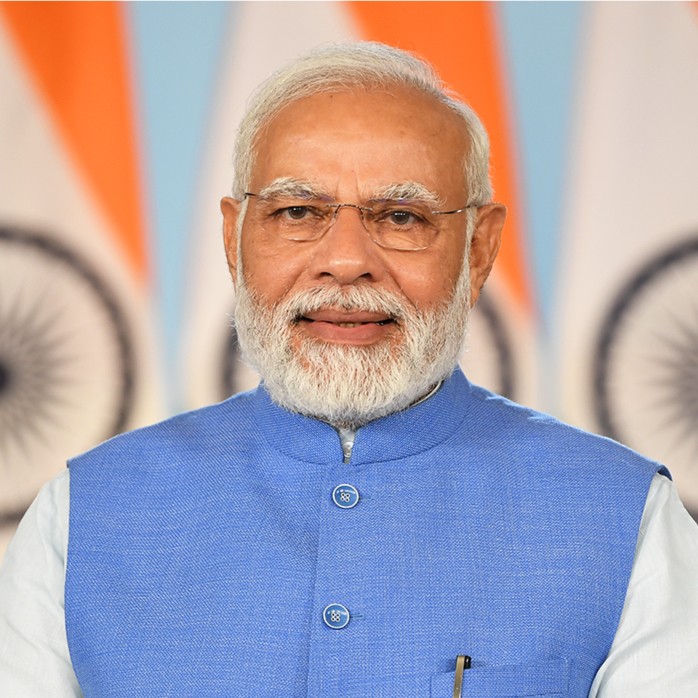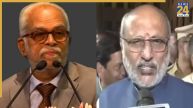Did the BJP succumb to the pressure of five non-BJP ruled states that reintroduced the Old Pension Scheme, scrapped by the Atal Bihari Vajpayee government in 2004? After getting drubbed in the recently-held general election, in which the saffron party failed to get a majority of its own, it seems to adopt the path of populist politics. After sending the Waqf Amendment Bill 2024 to the Joint Parliamentary Committee and withdrawing the controversial Lateral Entry Scheme, the Modi government has now introduced a Unified Pension Scheme, which is an amalgamation of the scrapped OPS and the New Pension Scheme launched in 2004. Will it help the BJP regain its hold on the middle-class voters, who are already under economic duress for many of its policies and misadventures in fiscal and financial management?
The Narendra Modi government was clearly under pressure after the opposition-ruled states of Rajasthan, Chhattisgarh, Jharkhand, Punjab, and Himachal Pradesh had reverted to the Old Pension Scheme from NPS.
About 23 lakh central government employees will benefit from the Unified Pension Scheme. Besides, almost all state governments may choose to adopt this scheme.
UPS Guarantees Minimum Fixed Income
The Unified Pension Scheme can be appreciated for going back to the policy of guaranteeing a minimum fixed income after a civil servant retires. It is contrary to the New Pension Scheme that depends on the vagaries of the stock market because in this scheme the money collected as contribution from the people is invested in the capital market instruments like mutual funds.
Pensioners To Get 50% Of Basic Salary
Under this scheme, a retired government employee will get an average of 50% of the basic salary he got over 12 months before his superannuation. He must have worked for at least 25 years to get this benefit. Those who fail to meet this criterion will get at least Rs 10,000, but they must have served at least 10 years to get this benefit. After the death of the employee, his immediate family will be eligible for 60% of the last pension he received.
UPS To Take Care Of Inflation
As in the scrapped pension scheme, inflation indexation will be carried out and the amount will be adjusted with the All India Consumer Price Index for Industrial Workers.
The Unified Pension Scheme is different also in the sense that a lump sum amount will be paid immediately after retirement. It will be equivalent to 10% of the basic salary and the dearness allowance and will be calculated based on every six months of the service he completed.
How Is UPS Different From NPS?
The Unified Pension Scheme is different from the New Pension Scheme of 2004 in the sense that the NPS was self-financed with no government corpus. It means employees pay a part of their monthly salary, which is 10% of this basic salary and dearness allowance. He has the freedom of choosing a scheme from low- -risk and low gain to high risk and high gain.
Additional Financial Burden
The union government will have to shoulder an additional financial burden of Rs 6,250 crore for the first year. Besides, it will have to spend an amount of Rs 800 crore to clear the dues of the retired employees.
RBI Estimates
Reserve Bank of India has estimated that the government may have to spend more than Rs 17 lakh crore under the OPS as against Rs 4 lakh crore under the NPS. The Budget estimates for 2022-23 stated that a 16% rise in the pension expenditure at Rs 4,63,436 crore was expected for that year.
As per the Budget estimates for 2022-23, states were expected to incur a 16% rise in pension expenditure at Rs 4,63,436 crore in 2022-23 as against Rs 3,99,813 crore in the previous year, the RBI had said.
Jettisoning Reforms?
Is it jettisoning the reform process being implemented by the Narendra Modi government in bits and pieces and going back to the grand old days of populist politics? It is too early to say that the government will stop all kinds of reforms, but it is clear that the ruling BJP is upset over the results of the general elections held a few months back.
After losing the majority of its own despite unleashing the Hindutva wave, riding on which the prime minister targeted and ridiculed the opposition parties, the ruling party seems to have adopted the policy of wooing back the middle-class voters. Assembly Elections will be held in four states and the saffron party wants to gauge the mood of the electorate by announcing the Unified Pension Scheme.












